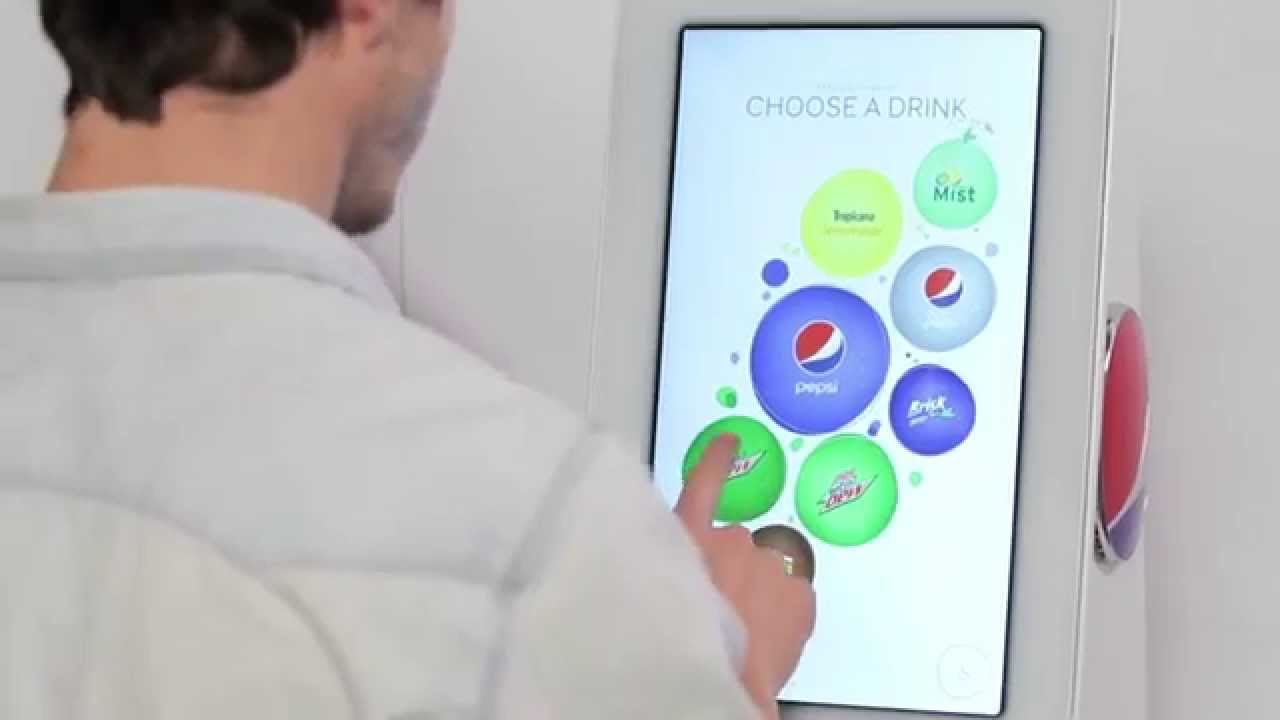Communication is the instrument that connects and creates relationships between people, businesses and society. When communication and design unite forces, communication design becomes a tool that helps brands spread their messages in a way that will work best for them.
The Communications Field Today
Although the Communications field is a traditional part of society, its outlets change from time to time. Media outlets need to continue to modernise themselves to stay relevant and, as we have been noticing in the past decade, new ways of consuming media and information keep appearing with new technologies, so sometimes decline is inevitable.
Roi, a growth agency, has estimated that 87% of Australians access the internet daily with averages showing that each spends 10 hours a day on an internet-connected device. According to a 2016 study performed by Roi Morgan Institute, Australians still spend more time watching TV than using the internet at home, “Australians now spend more time using the internet during the week than watching television—but when it comes to entertainment at home, TV remains by far the most time-consuming media”.
What Does This Mean For Businesses?
Basically, it means that the way people consume information is complex and, therefore, needs to be studied and well thought through to deliver products or services to the consumer in a way that the impact is positive.
What is Communication Design?
“Communication design can also refer to a systems-based approach, in which the totality of media and messages within a culture or organisation are designed as a single integrated process rather than a series of discrete efforts. This is done through communication channels that aim to inform and attract the attention of the people one are focusing one’s skills on. Design skills must be tailored to fit different cultures of people while maintaining pleasurable visual design. These are all important pieces of information to add to a media communications kit to get the best results.[1]“
Communication design exists to project and pass on easy-to-absorb messages at the same time that it organises the act of communicating, strategically reaching target audiences and captivating consumers.
Through Communication Design and its tailored messages, innovation becomes a possibility.
Design Thinking, Innovation and Communication Design
Design Thinking is a mindset that helps solve complex problems. Companies around the globe use Design Thinking to create new solutions, new products, and new services, as well as to optimise processes and create innovation. Communication plays a fundamental part throughout the Design Thinking process so that ideas and findings can be expressed clearly.
PepsiCo
A great example of Communication Design combined with Design Thinking is PepsiCo. The multinational giant uses Design Thinking to develop new products and its communication strategy.
At PepsiCo design has two main jobs: to develop consistency and significance in every interaction with the customer, and to innovate. They use design to identify new opportunities and futurism to project new products.
This is how they came up with Pepsi Spire, a platform that lets consumers “mix up a totally unique creation with just the touch of a button” and “create your own custom mix” for a soft drink. Brad Jakeman, former president of PepsiCo’s global beverage group, said at the time of launching that the company wished to turn Spire into “the more intuitive possible, finding the perfect balance between customer engagement and efficiency”.
—
Follow us on social: Instagram – Facebook – LinkedIn
If you’d like to start an innovation journey in your company, you can check out our in-house course offering as well as download for free our Design Thinking toolkit by clicking here.
If you’d like to see what are the upcoming courses in your region, visit our website.
If you have a special project and would like to use Echos’ consultancy services, you can send us an email.



